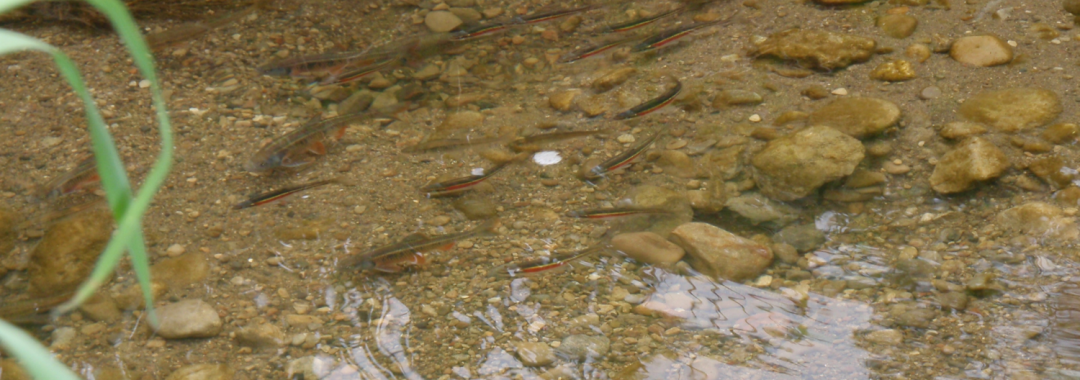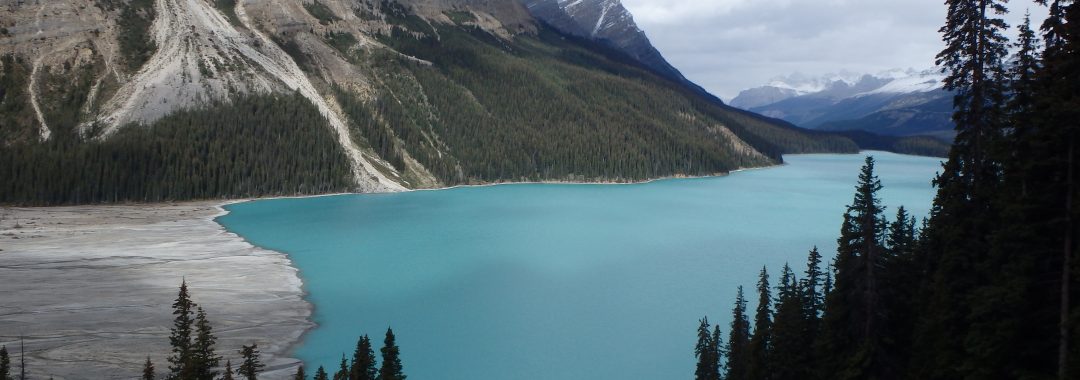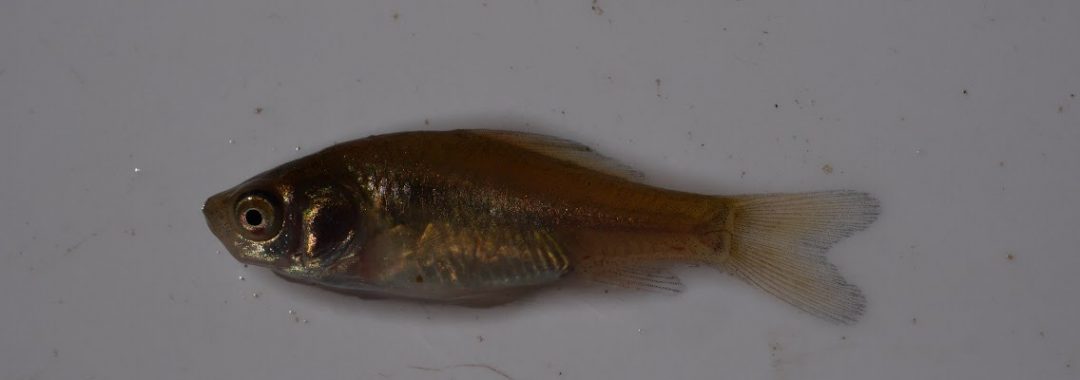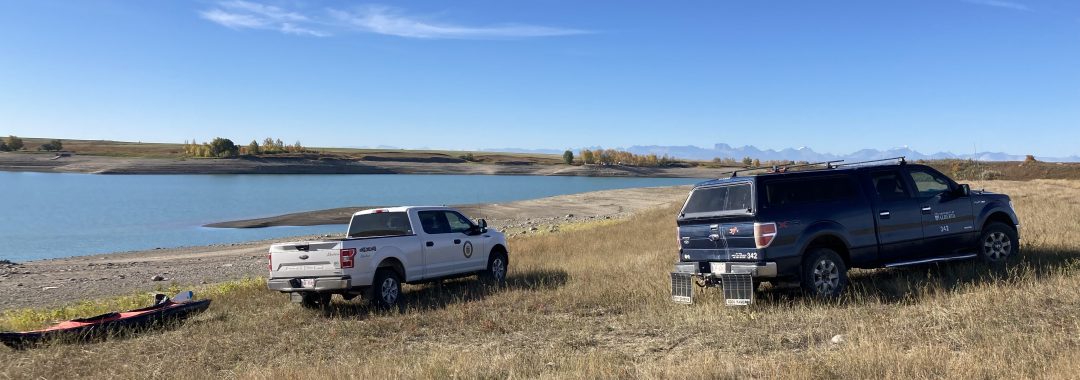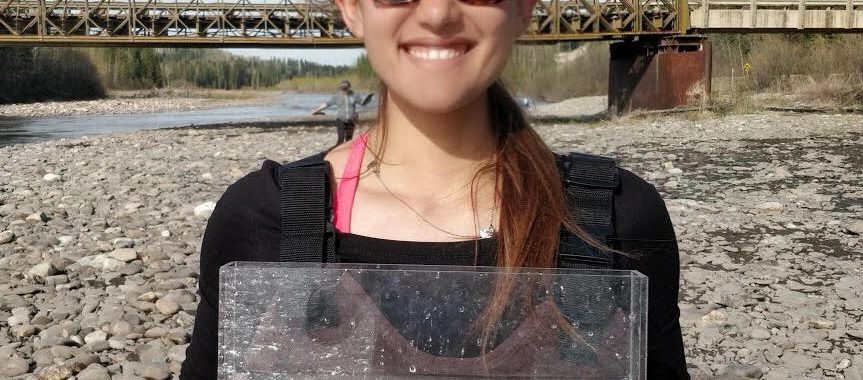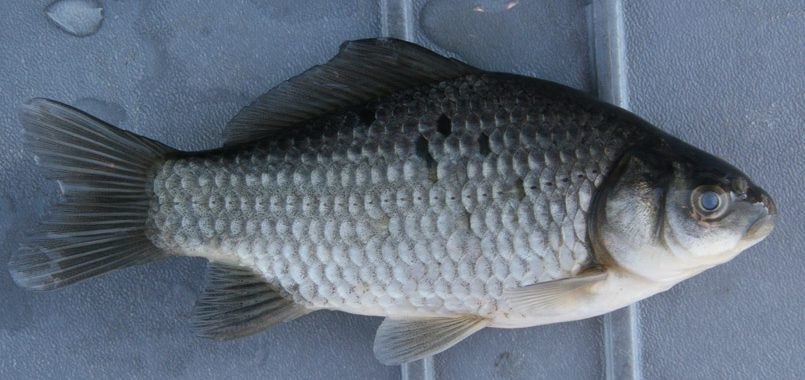Abstract:
Aquatic habitat in the Greater Toronto Area has been subject to anthropogenic stressors. The subsequent aquatic habitat degradation that followed led to the Toronto and Region waterfront being listed as an Area of Concern in 1987. Thus, extensive shoreline and riparian habitat restoration have been implemented as part of the Toronto and Region Remedial Action Plan in conjunction with local stakeholders, ministries, and NGOs in an overall effort to increase fish, bird, and wildlife habitat. A key aspect of current fish habitat restoration efforts, monitored by Toronto and Region Conservation Authority, is to account for long-term community changes within the target ecosystem to better understand overall changes at a larger spatial scale. Here we use electrofishing data from the past 20 years with over 100,000 records and across 72km of coastline to show how declines and fluctuations in fish biomass and catch along the waterfront are driven by a few individual species across three main ecotypes, such as coastal wetlands, embayments, and open coast sites, with the remaining species showing a high level of stability. Using community traits and composition for resident species we demonstrate native warmwater species have become more dominant along the waterfront in recent years, suggesting that restoration efforts are functioning as intended. Additionally, piscivore and specialist species have increased in their relative biomass contribution, approaching existing restoration targets. Altogether this waterfront-wide evaluation allows us to detect overall changes along the waterfront and can be beneficial to understand community changes at an ecosystem level when implementing and monitoring restoration projects.
Citation: Theis S., Cartwright L., Chreston A., Wallace A., Graham B., Coey B., Little D., Poesch M.S., Portiss R., and J. Ruppert (2024). Nearshore fish community changes along the Toronto Waterfront in accordance with management and restoration goals: Insights from two decades of monitoring. PLos One: 19(2): e0298333.
Also Read:
*Lab members: Sebastian Theis, Mark Poesch. Check out opportunities in the lab!

